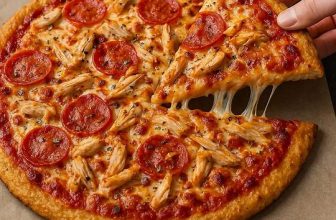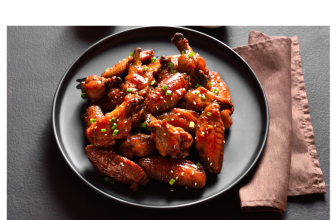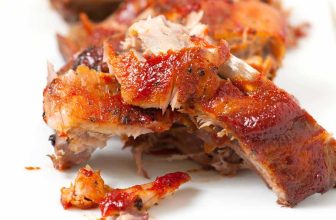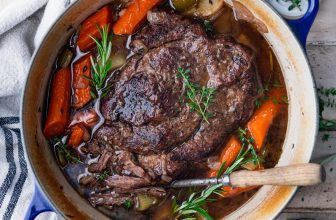What Size Dutch Oven for Bread
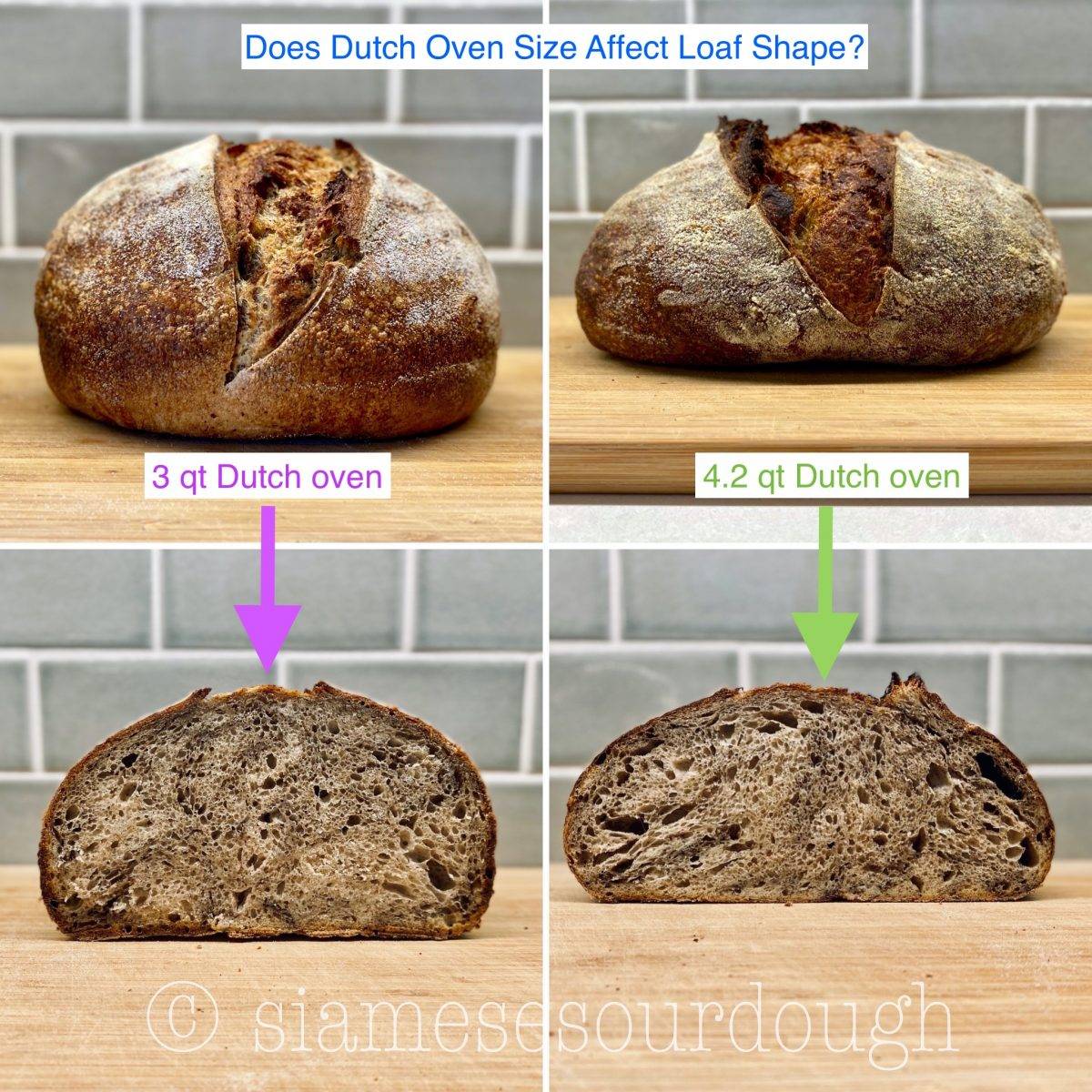
What Size Dutch Oven for Bread? When it comes to baking bread in a Dutch oven, choosing the right size is crucial for achieving the perfect loaf. The Dutch oven plays a vital role in creating the ideal environment for baking artisanal bread, as it helps to trap steam and create a crispy crust. In this guide, we’ll explore the factors to consider when selecting the size of a Dutch oven for baking bread, as well as the benefits of using this versatile cookware for your homemade loaves.
Understanding Dutch Oven Sizes
Dutch ovens come in various sizes, typically measured in quarts. The most common sizes range from 3 to 7 quarts, with larger options available for commercial or industrial use. When it comes to baking bread, a 5-quart Dutch oven is often recommended for home bakers. This size provides ample space for the bread to expand while ensuring that the steam is effectively trapped to create the desired crust.

Factors to Consider
Several factors should be taken into account when determining the right size of Dutch oven for baking bread:
Bread Recipe
The size of the Dutch oven should align with the recipe you are using. Some recipes may call for a specific Dutch oven size to ensure that the bread bakes evenly and rises properly. Be sure to check the recipe instructions for any recommendations regarding the size of the Dutch oven.
Loaf Size
Consider the size of the loaf you intend to bake. If you typically bake larger loaves, you may need a larger Dutch oven to accommodate the dough as it expands during baking. Conversely, if you prefer smaller loaves, a smaller Dutch oven may be sufficient for your needs.
Oven Size
Take into account the size of your oven when selecting a Dutch oven for bread baking. Ensure that the chosen Dutch oven will fit comfortably inside your oven with enough clearance on all sides to allow for proper air circulation during baking.
Future Use
Consider how you plan to use the Dutch oven beyond baking bread. If you intend to use it for other cooking purposes, such as making stews, soups, or roasts, you may want to choose a size that accommodates those needs as well.

The Benefits of Using a Dutch Oven for Bread Baking
Baking bread in a Dutch oven offers several advantages that contribute to the overall quality of the finished loaf:
Steam Retention
The Dutch oven’s tight-fitting lid helps to trap steam during the initial stages of baking. This steam creates a humid environment within the pot, which is essential for achieving a crispy, golden crust on the bread.
Even Heat Distribution
The thick walls of a Dutch oven facilitate even heat distribution, ensuring that the bread bakes uniformly. This helps prevent hot spots and promotes consistent browning of the crust.
Oven Spring
When the bread dough is placed in a preheated Dutch oven, the intense heat causes it to undergo a rapid rise known as “oven spring.” This results in a well-expanded loaf with a light and airy crumb structure.
Crust Development
The enclosed environment of the Dutch oven promotes excellent crust development by allowing the bread to bake in its own steam. This technique mimics the conditions of a professional bread oven, resulting in a crust that is both crispy and chewy.
Choosing the Right Dutch Oven Material
In addition to size, the material of the Dutch oven is an important consideration when baking bread. Dutch ovens are commonly available in two primary materials: cast iron and enameled cast iron.
Cast Iron Dutch Oven
A traditional cast iron Dutch oven is known for its exceptional heat retention and durability. When properly seasoned, it develops a natural non-stick coating that improves with use. Cast iron Dutch ovens are ideal for achieving a deep, rich crust on bread due to their ability to retain and radiate heat evenly.
Enameled Cast Iron Dutch Oven
Enameled cast iron Dutch ovens offer the same excellent heat retention as their non-enameled counterparts, with the added benefit of a smooth, easy-to-clean interior. The enamel coating also prevents the transfer of flavors between different dishes, making it suitable for both bread baking and other cooking applications.
Frequently Asked Questions
What Size Dutch Oven Is Best For Baking Bread?
For baking bread, a 5-quart Dutch oven is ideal as it allows the bread to rise and expand properly while ensuring a crispy crust.
How Does The Size Of A Dutch Oven Affect Bread Baking?
The size of the Dutch oven impacts how the bread bakes by trapping steam, creating a moist environment that promotes a beautiful rise and a crusty exterior.
Can I Use A Smaller Dutch Oven For Bread Baking?
Using a smaller Dutch oven may result in denser bread as it restricts the dough’s ability to fully expand and rise during the baking process.
Can I Use A Larger Dutch Oven For Bread Baking?
Using a larger Dutch oven may cause the bread to spread out too much, resulting in a flatter shape and potentially a less crispy crust.
Conclusion
When it comes to baking bread in a Dutch oven, selecting the right size is key to achieving exceptional results. Consider factors such as the bread recipe, loaf size, oven size, and future use when choosing the appropriate Dutch oven size for your baking needs. Additionally, the material of the Dutch oven, whether cast iron or enameled cast iron, can greatly impact the baking process and the quality of the finished loaf. By carefully considering these factors, you can ensure that your bread-baking endeavors are met with success and delicious, artisanal loaves every time.
Remember, the right-size Dutch oven is the foundation for a perfect loaf of bread, and with the right techniques, you can elevate your homemade bread to artisanal levels right in your kitchen!


